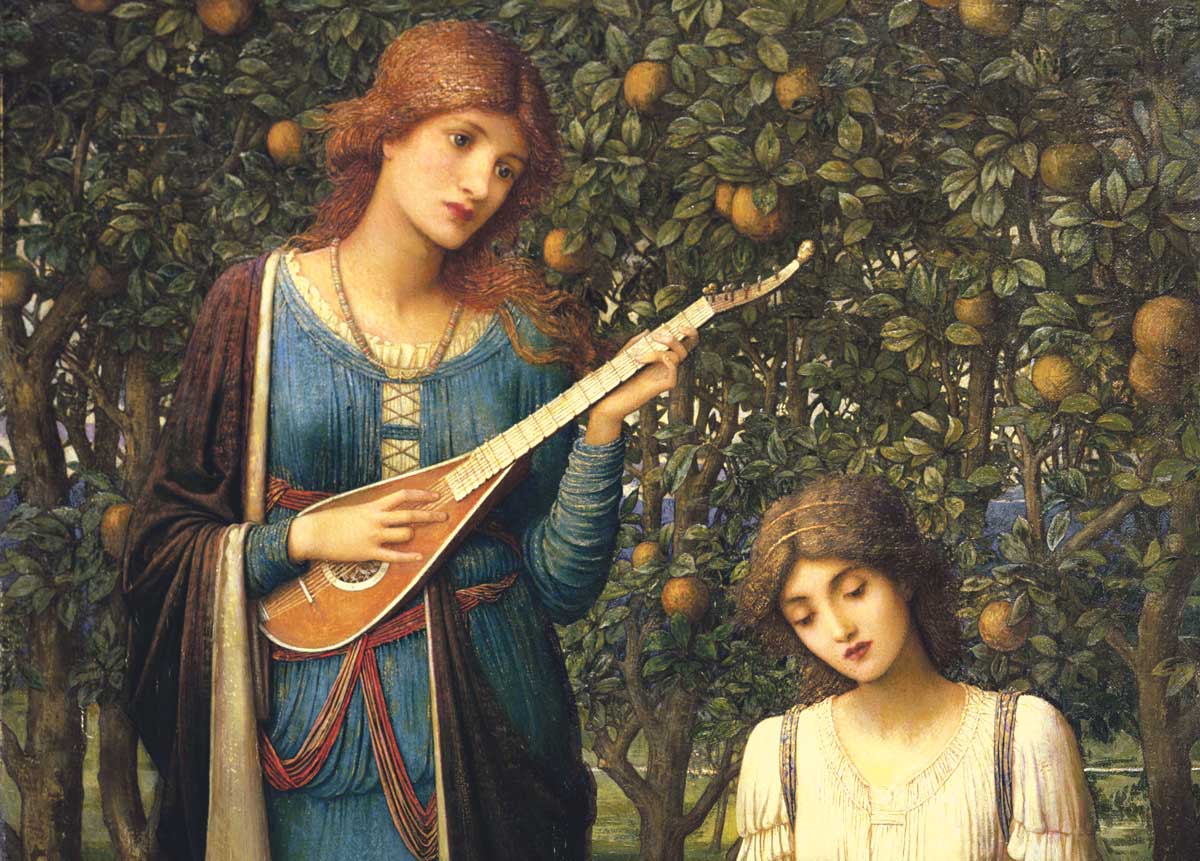Airy and Rational Animals
The study of song as an imperfect, protean, untameable art form.

A couple of years ago I was lucky enough to hear legendary English folk singer Shirley Collins perform. One of the songs she sang was ‘Awake, Awake’, written by Thomas Deloney in 1580 but seemingly forgotten until Ralph Vaughan Williams heard it sung by an elderly Herefordshire woman in July 1909. Long dead on the page, Deloney’s song had survived in the air for over 300 years, sustained by the breath of countless voices, by performance itself as an act of cultural memory.
I mention this because it illustrates one of the key points of Katherine R. Larson’s The Matter of Song in Early Modern England: song has a life at once more elusive and vital than the written word. And its fleetingness, its evanescence – its literal invisibility – has led to its exclusion from the study of early-modern culture in a way that parallels the erasure of women as writers and performers of songs and music in the period. It is these two great absences that The Matter of Song sets out to redress.
Larson’s central argument is that criticism’s discomfort at analysing the wildness and unpredictability of song-in-performance may distort the understanding of song itself. Concurrently, she argues that, by embracing the study of such an imperfect, protean, untameable art form when written and/or performed by early-modern women, it is possible to explore afresh both their creative lives and something of their living, breathing embodied experience.
The book takes its title from the Renaissance philosopher Marsilio Ficino, who wrote that:
The matter of song … is air, hot or warm, still breathing and somehow living; like an animal, it … not only possesses motion and displays passion but even carries meaning like a mind, so that it can be said to be a kind of airy and rational animal.
Throughout, Larson is concerned with ideas of both song as air in the mouth and body of the singer and with song as form – with all the metaphorical and other connotations that idea has and had for women with regards to beauty, status and modes of behaviour.
With some courage, Larson herself embodies the various strands of her argument in recordings of her singing a dozen early-modern songs which accompany the book online. These range from settings of two Psalms translated by Mary Sidney, Countess of Pembroke, to ‘Sweet Echo’, written by John Milton and Henry Lawes for the 15-year-old Alice Egerton to perform in Comus. (This is not a practice one could, hand on heart, recommend for every early-modern scholar: it helps that, as well as being Professor of English at the University of Toronto, Larson is also a classically trained soprano.)
What is transformative about these recordings is that they are not merely illustrative. Larson returns to these songs repeatedly throughout the book to analyse them from the inside, as a singer performing them and as a woman whose voice and body the songs briefly inhabit. In so doing, she enables a singing musician’s understanding of how a song lives in performance to sharpen and inform her critical and cultural faculties.
Song may be the most elusive of artistic mediums, animated briefly by air, by the singer’s breath, before dispersing into oblivion. But Larson’s assertion of song-in-performance as a kind of critical practice enables her to explore the physical experience of song and the meanings that experience conjures in radical and exciting ways.
The Matter of Song in Early Modern England: Texts in and of the Air
Katherine R. Larson
Oxford 272pp £60
Mathew Lyons is the author of The Favourite: Ralegh and His Queen (Constable, 2012).




